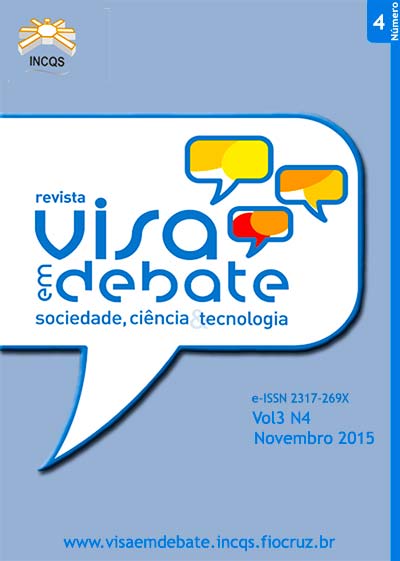Sanitary risk assessment for caiman meat quality in Central Amazon
DOI:
https://doi.org/10.3395/2317-269x.00446Keywords:
Sanitary Quality, Caiman Meat, Human Consumption, Contamination Risk, AmazonAbstract
Determining caiman meat quality is a major problem when establishing the production chain of wild populations. In Brazil, there are no protocols for this type of meat. The slaughter and processing were performed using a simplified, traditional floating raft system and a water treatment system that used both filtration and chemicals. The animals were caught using a hook, harpoon, resting pole, and cable snare. The wild caimans of two species (Melanosuchus niger and Caiman crocodilus) were captured in the region of the Piagaçu-Purus Sustainable Development Reserve in Central Amazon during three harvesting events. After each event, we progressively improved the meat-processing protocol. Microbiological testing of the meat was performed as described in norms and Brazilian legislation for fish meat. As a result, we achieved improvements in the sanitary quality of the meat of the killed animals for 57%, 76.5% and 100% of the samples obtained during the first, second, and third harvesting events, respectively. There were significant differences in the microbiological quality of the meat, with a reduction in the disapproval of the samples. The process of capturing animals, the cable snare, and the restraining pole were the factors that least affected the quality of the meat; in addition, animals between 81 and 100 cm of CRC had a lower risk of microbiological contamination. We can conclude that health surveillance activities, such as hand hygiene when handling meat, improvements in water quality, selection of animals of the most appropriate size for slaughter, and capture by less invasive methods can reduce the potential for microbiological contamination of the meat contribute to decrease the potential for microbiological contamination of meat.Downloads
Downloads
Published
Issue
Section
License
Copyright (c) 2015 Health Surveillance under Debate: Society, Science & Technology (Vigilância Sanitária em Debate: Sociedade, Ciência & Tecnología) – “Visa em Debate”

This work is licensed under a Creative Commons Attribution-NonCommercial-NoDerivatives 4.0 International License.
COPYRIGHT ALLOWANCE The author (s) hereinafter designated as the ASSIGNOR hereby assign and transfer, free of charge, the ownership of the copyrights related to this ARTICLE to the Vigilância Sanitária em Debate: Sociedade, Ciência & Tecnologia (Health Surveillance under Debate: Society, Science & Technology) – Visa em Debate, represented by FUNDAÇÃO OSWALDO CRUZ, established at Av. Brasil, nº 4365, Manguinhos, Rio de Janeiro, RJ, Brazil, CEP 21045-900, under the conditions set out below: (a) The terms and conditions set forth in this Agreement shall apply to the following: 1. The ASSIGNOR declares that they s(he) is (are) the author (s) and owner (s) of the copyrighted property of the ARTICLE submitted. 2. The ASSIGNOR declares that the ARTICLE does not infringe the copyrights and / or other property rights of third parties, that the disclosure of images (if any) has been authorized and that they s(he) assume(s) full moral and / or property liability for its content, before third parties. 3. THE ASSIGNOR assigns and transfers all copyrights relating to the ARTICLE to the ASSIGNEE, especially the rights of editing, publication, translation into another language and reproduction by any process or technique. The ASSIGNEE becomes the exclusive owner of the rights related to the ARTICLE, and any reproduction, totally or partially, is prohibited in any other means of publicity, printed or electronic, without prior written authorization from the ASSIGNEE. 4. The assignment is free and, therefore, there will be no remuneration for the use of the ARTICLE by the ASSIGNEE.







